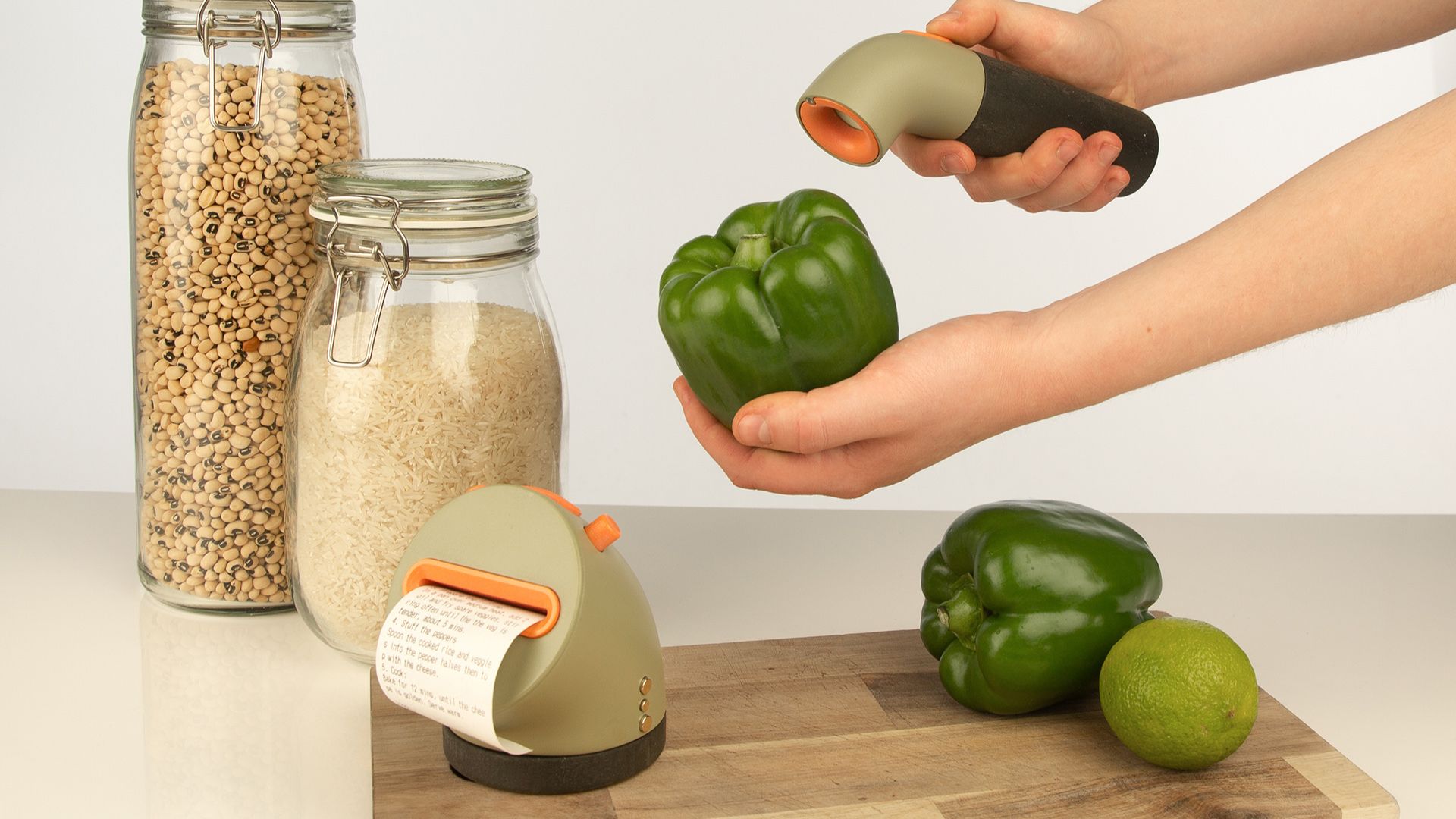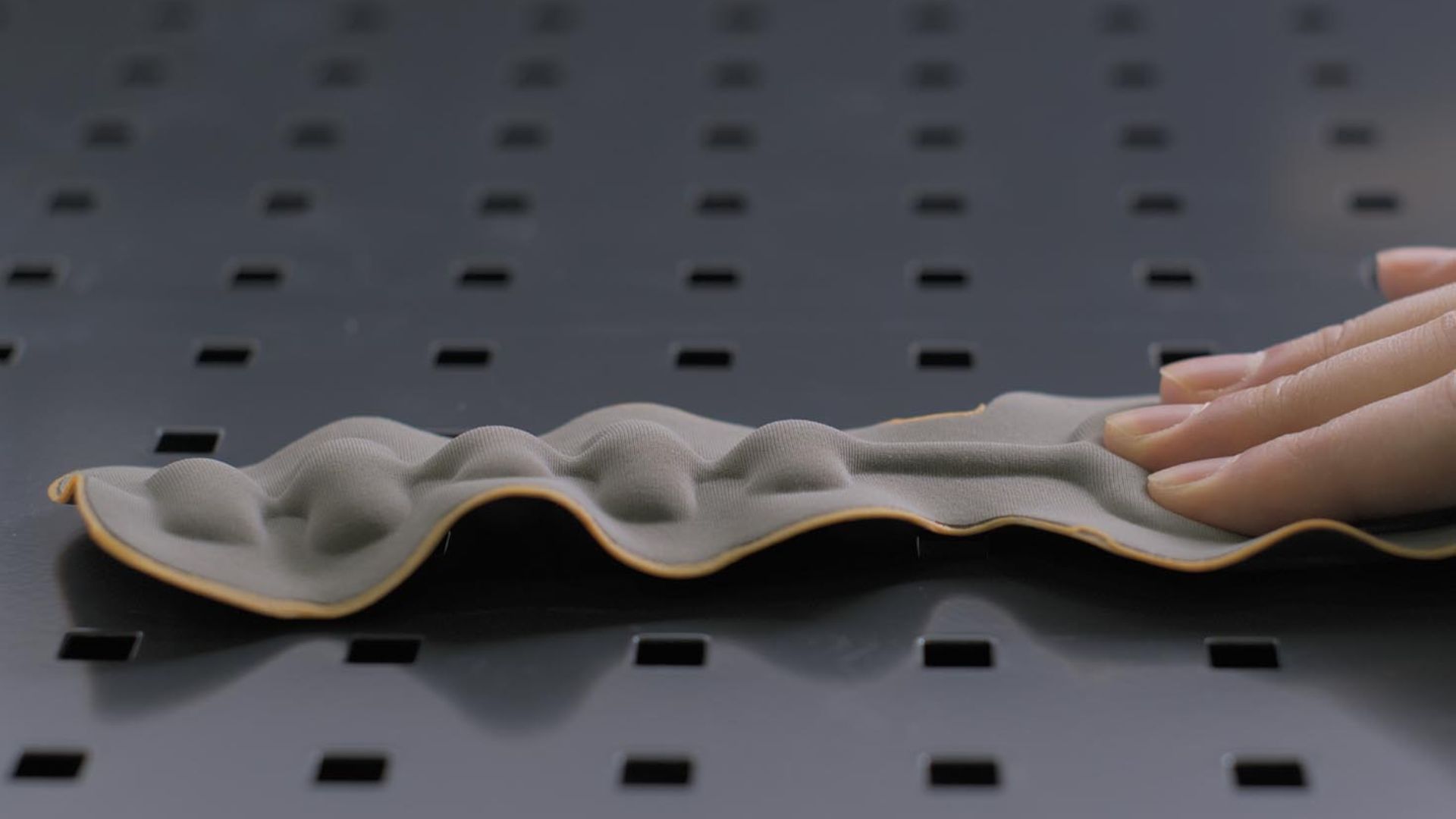What’s wrong with sustainable design? What is greenwashing?
Designers love to call themselves problem solvers. It’s rare to find the ones that admit they are mostly problem mitigators. Here’s what we’ve been doing wrong.

“Green”. “Sustainable”. “Eco-Friendly”. It is likely you’ve seen these terms associated with consumer goods. Walk into any store and you will see “green” or “100% sustainable” products.
Apparently, there is sustainable design everywhere. Or so they say.
The truth is designers drive consumerism and it should not come as a surprise that our consumption habits are a major driver of unsustainability.
We simply have too many unnecessary things. Unnecessary and dishonest.
Most of what we call sustainable design isn’t sustainable yet. Not even close.
Are we getting ahead of ourselves?

What is sustainable design?
Before we stamp sustainability everywhere we should be clear about what it means.
Environmentally sustainable designs have a neutral or even positive impact on the natural environment, creating the possibility for the biosphere and the human civilization to co-exist.
It seems that what we call “sustainable” is simply “not so terrible for the planet”. After all, is plating 1 tree after cutting 2, sustainable?
As we know, we humans have not been great stewards of our home planet. Climate change is upon us and the natural world is disappearing every day.
We are on the edge of failing.
We need solutions, we need them fast and on epic scales!
So why lie about the true impact of our products?
With the awareness of this anthropogenic planetary doom, millennials and younger generations of designers and consumers alike began to romanticize the notion of sustainability and sustainable design.
In many respects, the transition to eco-friendlier consumerism is a positive change.
Sustainable design is needed if we want to reduce our carbon footprint and mitigate the negative impacts of the Anthropocene and climate change.
Unfortunately among a few truly ethically and environmentally responsible products, lie many many more using an insidious form of design and advertising: Greenwashing.
Greenwashing products give a false impression of them having a low environmental impact or high social impact, appealing to younger generations’ moral consciousness to buy their products.
Even if the most sustainable thing to do is to simply remind them to buy fewer things, but that isn’t very profitable, is it?
Curious to know more about companies who are committed to sustainability and being transparent? Don’t miss Sustainable Furnishings Council – “Our mission: helping companies reduce their environmental footprints”.

How do companies and designers do greenwashing?
- Using words or terms with no clear meaning like “eco” or “green”
- Creating “sustainable products” in unsustainable ways like making efficient lights in a factory that uses unsustainable and pollutant energy sources.
- Using suggestive pictures such as natural and pristine landscapes, leaves, and natural color palettes.
- Making irrelevant claims like emphasizing one sustainable attribute when everything else isn’t.
- Declaring you are slightly greener than the rest, but the rest is pretty terrible.
- Having no proof or no way to prove your claims.
- Lying by fabricating claims or data.
A note to consumers: before buying anything, do some research, the collective power of consumers can actually help stir companies to create more truthful and ethical products!

What should we consider when designing an environmentally conscious product?
- First and foremost, make sure is needed. Don’t create solutions for problems that don’t exist. There is an abundance of problems waiting for solutions.
- Transparency is key. Be humble and own up to your shortcomings. Nothing is perfect and there is always room to improve. Saying your product is “100% sustainable” not only looks like outright lies but it doesn’t help to solve a problem that needs truth and real innovation to be addressed. Calculate and disclose your product’s CO2, water, and waste footprint.
- Consider the entire lifecycle of a product. From manufacturing to transportation, use, and disposal. Most of any product’s ecological impact is set in the design phase.
- Material choice. A carefully chosen material is the basis of any design and it can significantly impact its effect on the biosphere. Source it locally. Shipping recycled plastic from the other side of the globe won’t make your design sustainable. Look for non-toxic materials and production methods.
- Consider a product’s weight and size. All products need to be moved around and size will play a fundamental role in a product’s carbon emissions due to our petrol-based transportation system.
- Strive for timeless and emotional design. Trends come and go and a sustainable product should be design to last. Making it emotionally connected with the user will also make it harder to toss away, give it a reason for repair, and thus increase a product’s longevity.
- Move towards a circular economy. Embrace closed-loop production systems by considering the end of life of products from the beginning. Waste is a design flaw! Design for disassembly and recyclability. Good design offers new opportunities, not wasteful outcomes.
Find out more about programs and initiatives helping companies become truly sustainable, don’t miss Creating a more sustainable furniture sector with European program FURN360.
Saying a product produces less carbon emission or that it consumes less water or that it produces less waste is not enough! And it is not sustainable.
As designers and consumers we should not be satisfied with less bad but demand good.
We should raise the bar to what a sustainable product truly is: an environmentally neutral and socially positive product.
Are you up to the challenge? Feel free to share any feedback in the comment section below!





